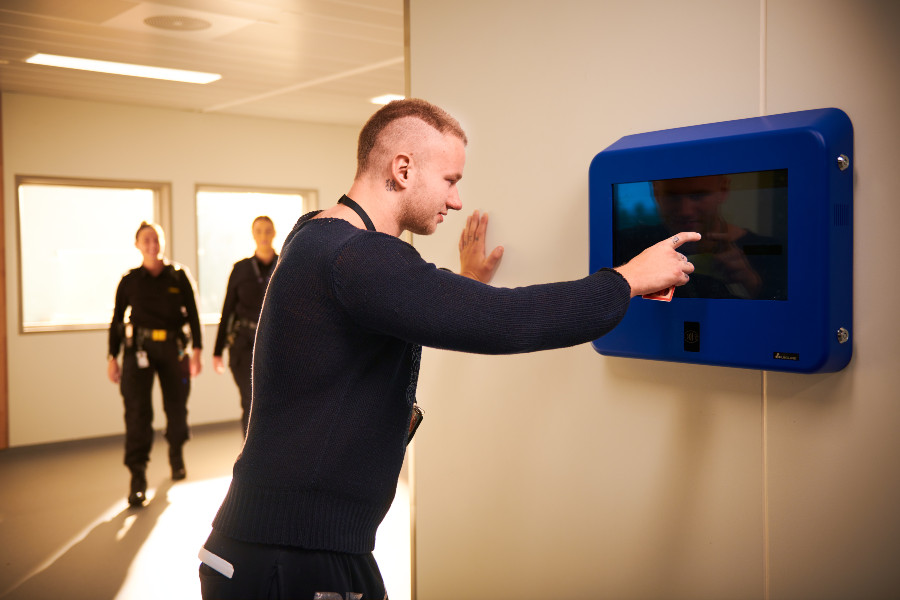The uncertain days of the pandemic and the limitations imposed on the movement of inmates, visitors and staff generated opportunities for correctional services to rethink practices and adopt alternative ways to fulfil their mission. The changes that we have witnessed are unprecedented.
Many jurisdictions implemented “general use” or correctional professional technology solutions, allowing inmates to be in frequent contact with their families, permitting video visitation and virtual court hearing solutions, and the use of telemedicine and e-learning, among others. Most of us experienced or witnessed the advantages of the use of these tools as part of the “new normal”.
Unfortunately, for various jurisdictions, as the pandemic restrictions were lifted, the window of opportunity opened by the policy responses to COVID-19 was ultimately abandoned by correctional agencies (not only in technology use but also regarding the adoption of alternative measures to incarceration).
In the digital era, if we’re not moving forward, we stay behind, making the digital divide between jurisdictions more and more obvious.
Digital technologies present significant opportunities for correctional agencies, both in delivering the traditional correctional value proposition or while creating new ones. With a focus on the improvement of operational excellence or supporting rehabilitation, digital technologies are critical to ensure that the corrections operational backbone is prepared to face present and future challenges.
No matter how good they are, digital technologies and the way these will affect your agency should not be left in the hands of IT professionals or even experienced and trusted practitioners. Technical and operational expertise are key, but the strategic perspective and envisioning of the future and an outside view will definitely make a difference.
Through brief case presentations, you will also read how different jurisdictions have adopted specific technology solutions and the advantages that these brought to incarcerated persons and staff.
I hope you enjoy reading.
Pedro das Neves
CEO IPS_Innovative Prison Systems
Director of the JUSTICE TRENDS Magazine
pedro.neves@prisonsystems.eu



